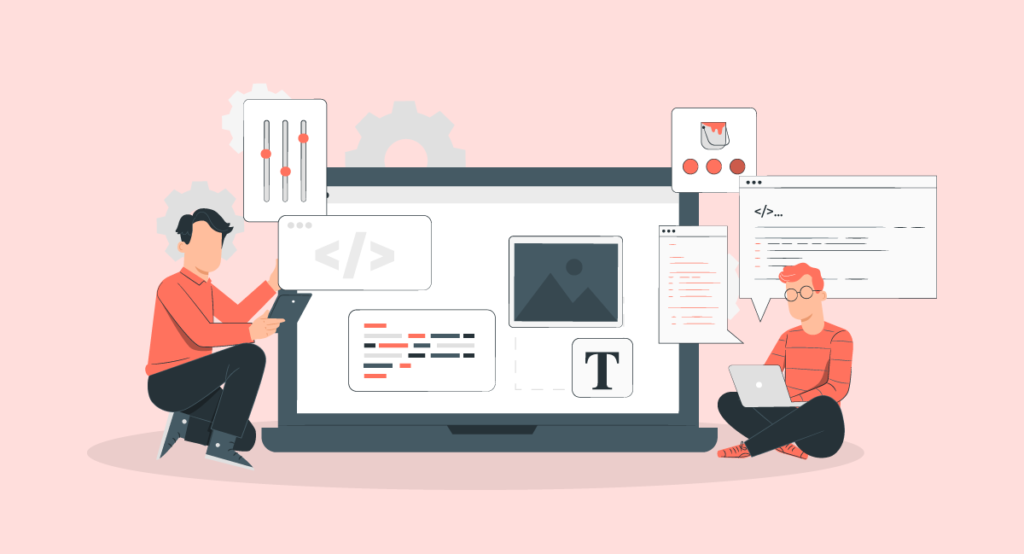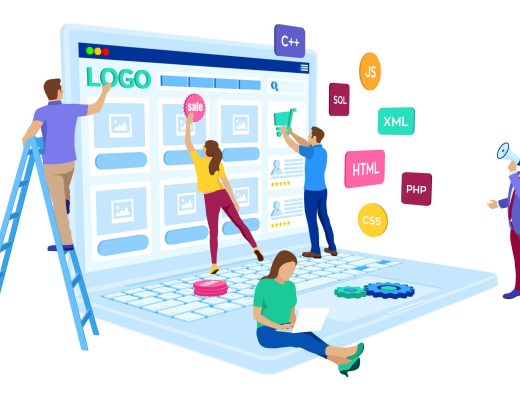Are you thinking about developing a new website for your business? That’s a smart move. Here we explained about Challenges of Website Development.
A well-functioning website can attract more traffic, generate leads, and ultimately increase your customer base.
However, it’s important to be aware of the challenges that can arise during the web development process.
In this article, we’ll explore the Challenges of Website Development or common reasons why website development projects fail and provide solutions to overcome these challenges.
1. Development Strategy
One of the major hurdles in website development is establishing a clear and effective development strategy.
Businesses may struggle to optimize their web projects without a well-defined path. This will result in stagnation and an inability to adapt to evolving trends.
So, the best solution for this is to streamline the web development process. You can consider utilizing DevOps services that automate various phases of development, testing, deployment, and maintenance.
Additionally, adopting proven methodologies like Agile and Scrum can ensure a structured approach with defined timelines and tasks.
2. Tech Stack Selection
Choosing the right tech stack is another critical decision that businesses face when developing their websites or web applications.
It can be challenging to determine the best fit for your project with a plethora of programming languages, frameworks, and cloud services available,
So, start by clearly defining your project requirements. This may include its complexity, budget, and access to developers.
You can even conduct thorough research and analysis to make an informed decision.
If you align your project requirements with the right tech stack, you will set a solid foundation for success effectively.
3. UI/UX Design
Next, the designing part. Designing an intuitive and visually appealing user interface (UI) that delivers a seamless user experience (UX) is essential for creating a high-quality website.
Why because poor design can lead to low user engagement and frustration.
So, it is best to look for an experienced web designer who understands the industry and can help you refine your design goals.
You can even conduct user persona research and perform A/B testing to gain insights into user preferences.
Moreover, leveraging different front-end frameworks and designs can help identify the most effective options for your specific needs.
4. Platform Compatibility
Next, if you own a website, you must ensure that your website runs smoothly across various browsers, operating systems, devices, and platforms. These things are crucial for engaging users and maximizing productivity.
Achieving true cross-platform compatibility can be complex and requires expertise.
So, the solution is to conduct comprehensive testing using both automated and manual methods.
For that, you can even take advantage of cloud-based browser testing tools. These tools will ensure seamless performance across different platforms.
Additionally, utilize advanced frameworks and libraries to validate your code for cross-platform features.
5. Performance Optimization
Slow load times and performance bottlenecks can drive away users and negatively impact your website’s success.
Employ various tools and techniques to optimize your website’s performance.
Utilize web app metrics and Google core web vitals to track important performance indicators.
Optimize code, images, and content to enhance loading speed and overall performance.
6. External Integrations
Integrating external services and APIs into your website can enhance its functionality and user experience.
However, ensuring proper and secure third-party integrations can be a challenge.
Here are the steps you can take to overcome these challenges,
- Streamline your architecture to ensure compatibility with the API code.
- Regularly update and maintain your code to enhance web development productivity.
- Implement quality assurance (QA) teams to monitor third-party integrations and ensure a seamless fusion of web services.
7. Security
Web security is a pressing concern in the digital landscape due to the increasing number of cyber attacks.
Protecting critical information and data shared on web applications is vital for maintaining user trust.
So, establish robust cybersecurity protocols. These protocols include integrating SSL certification, hosting on secure servers, and implementing multi-factor authentication.
8. Maintenance
Even after launching a web application, there will be issues and bugs that need addressing. Providing effective post-launch support and maintenance is crucial for ongoing success.
For this, implement continuous maintenance through round-the-clock monitoring and regular testing.
You can even consider adopting microservices architecture to reduce dependencies and improve overall efficiency.
In addition, you can develop a well-defined maintenance strategy to ensure high performance and seamless user experience.
Read More- A Guide To Citation Impact on SEO and the Local SEO Directly




